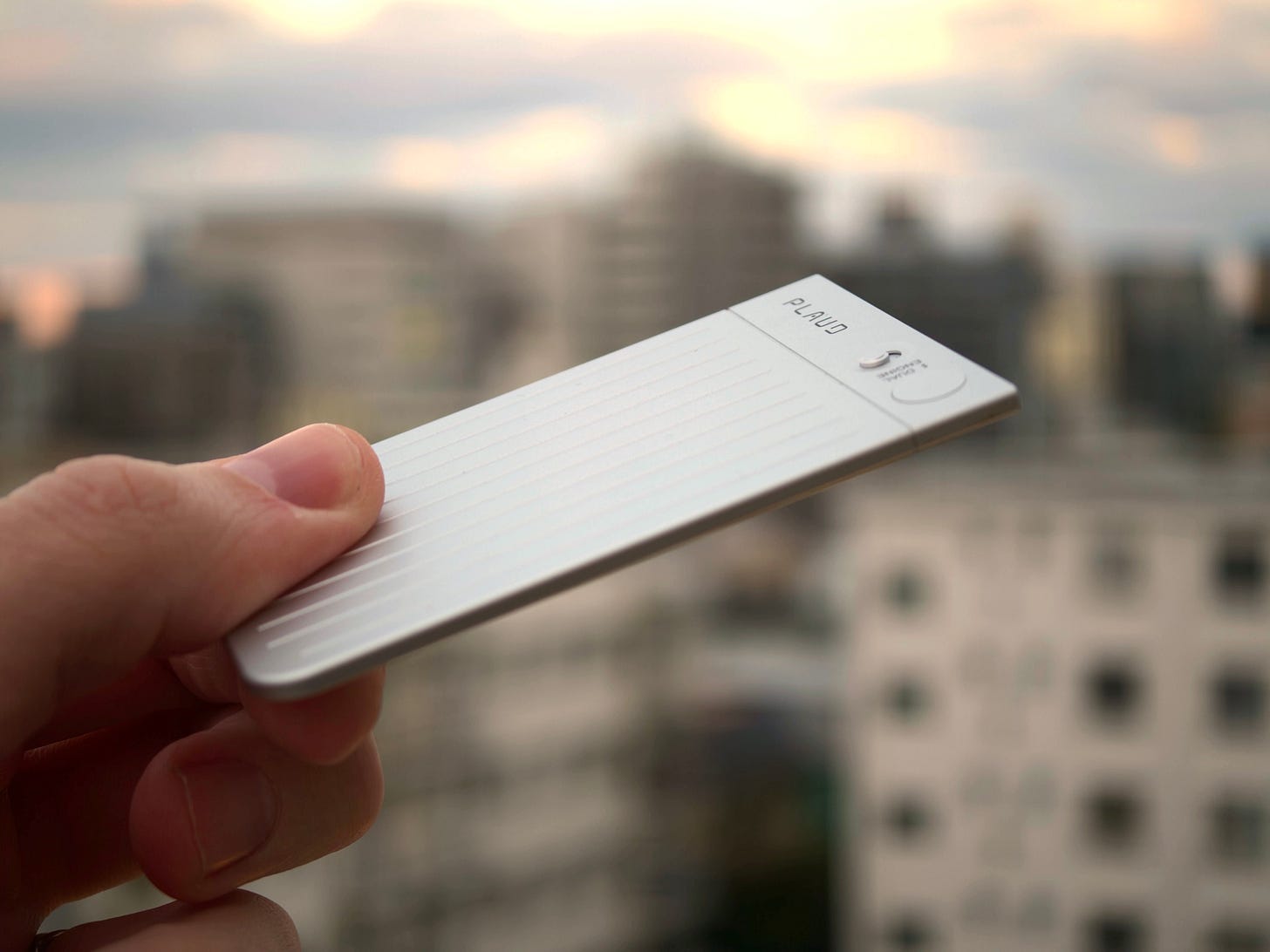AI hardware is reinventing the humble dictaphone
If there’s an ideal use case for AI gadgets right now, it’s this
From my earliest days as a journalist, I’ve always prized my dictaphone. It sounds quaint now, but I actually remember excitedly keeping up with advancements in the field. Sony’s ICD-TX50 was a particular revelation for me in 2012, with its tiny OLED display and world’s-thinnest 6.4mm frame. There was no sleeker way to show up to Tokyo press conferences.
In recent years, though, my dictaphone collection has taken on a new, less physical form. Google’s Pixel phones have been a revelation for journalists, offering real-time, on-device transcription through the Recorder app. I’ve often found myself bringing a Pixel along to a press event even if I wasn’t actively using it as a phone at the time — the ability to get an automatic transcript once your recording is done has been an incredible timesaver.
But now a new wave of hardware, buoyed by the AI revolution, has been changing my habits once again. While the jury is out on a lot of hyped AI devices, some startups have locked in on voice recording as one of the few serious use cases. Unlike the much-mocked Humane AI Pin or the Friend pendant, they’re gadgets with a focused, real-world use case.
I’ve been using a couple of recorders from Plaud for several months — the Plaud Note and NotePin — and testing them against a product from a newer Japanese startup called Notta. At least for now, I’ve found that both companies’ devices offer a significant upgrade over the Pixel for working journalists.




